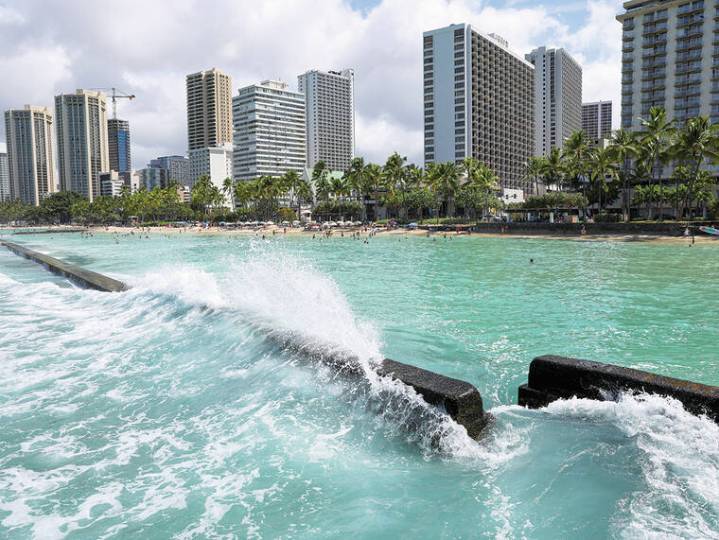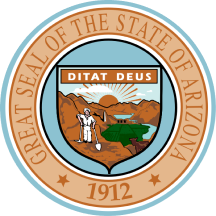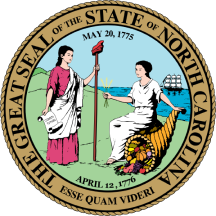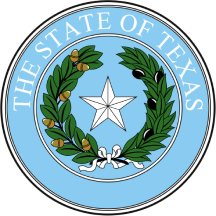At 2:44 p.m. Tuesday, July 29, every cellphone within reach of Hawaii’s Emergency Management Agency blared with a warning sound designed to raise listeners’ adrenaline, and a message appeared, warning, “Take Action! Destructive tsunami waves expected.” The alert directed all to “EVACUATE coastal areas in PRIMARY EVACUATION ZONE,” and linked to a map of the most endangered areas.
Once the first wave reached Honolulu, shortly past 7 p.m., it appeared likely that Hawaii would escape major damage. That bore out. The state’s emergency alerts did their job well, in so far as making people aware that a tsunami threatened. But confusion over evacuation zones was common, and paralyzing traffic jams could have led to far worse outcomes had a destructive tsunami arrived.
Honolulu’s experience can n

 The Garden Island
The Garden Island

 Local News in Arizona
Local News in Arizona ABC News US
ABC News US CNN
CNN Local News in North Carolina
Local News in North Carolina LiveNOW from FOX Crime
LiveNOW from FOX Crime Los Angeles Times
Los Angeles Times NBC News
NBC News KAKE
KAKE Local News in Texas
Local News in Texas Reuters US Domestic
Reuters US Domestic